Transforming your home with beautiful, functional furniture does not require breaking the bank or contributing to endless waste. As your home organization coach, I know you value smart solutions that make life easier and more comfortable. Buying secondhand furniture offers an incredible way to achieve a stylish, unique, and budget-friendly living space. This guide empowers you to navigate the world of pre-loved pieces, from spotting hidden gems to bringing them home ready for their second life.
You find sustainable options, support local economies, and often acquire pieces with more character and better construction than many new items. Embrace the thrill of the hunt and discover how smart shopping provides significant rewards for your home and your wallet.
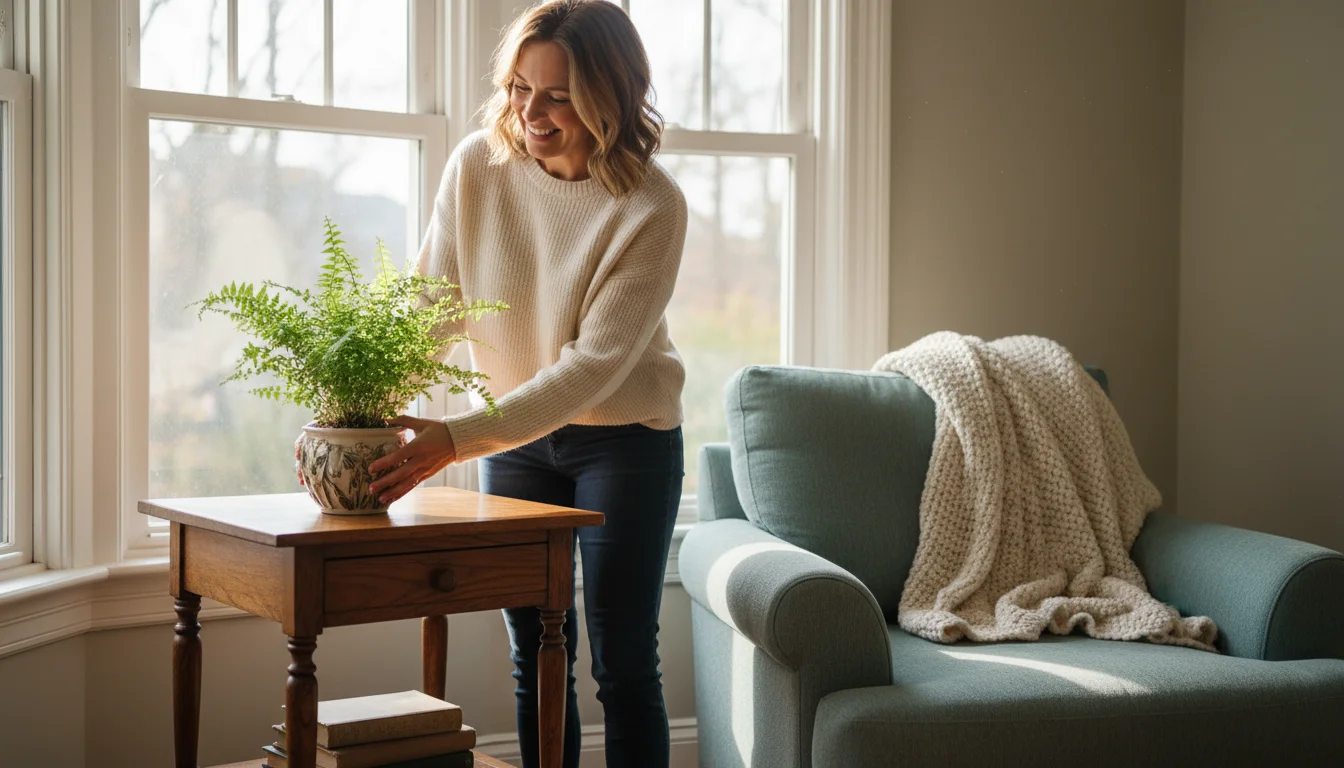
Why Choose Secondhand? The Benefits for Your Home and Wallet
Opting for pre-owned furniture provides a host of advantages that align perfectly with a practical, comfortable lifestyle. You make a positive impact on both your personal finances and the environment.
Save Money: The most immediate benefit you notice is the significant cost savings. Secondhand furniture often sells for a fraction of its original retail price, even for high-quality items. This allows your budget to stretch further, enabling you to furnish your home or apartment with pieces you truly love without financial strain. You can invest savings into other home upgrades or experiences.
Embrace an Eco-Friendly Home: Every piece of furniture you purchase secondhand prevents it from ending up in a landfill. This reduces waste and conserves the resources needed to manufacture new items. By choosing used, you actively participate in a circular economy, extending the life cycle of products and lowering your carbon footprint. It creates a genuinely sustainable and eco-friendly home.
Discover Unique Style and Character: Secondhand markets teem with one-of-a-kind pieces that add personality to your space. You find furniture with history, unique designs, and craftsmanship often lacking in mass-produced items. This allows you to curate a home that truly reflects your individual taste, mixing different eras and styles for a look that feels authentic and distinctively yours. No one else has your exact piece.
Access Better Quality: Many older pieces of furniture boast superior construction techniques and materials compared to their modern counterparts. You often encounter solid wood, dovetail joints, and durable upholstery built to last generations. Learning to identify these quality indicators helps you acquire furniture that stands the test of time, proving a worthwhile investment for your home.
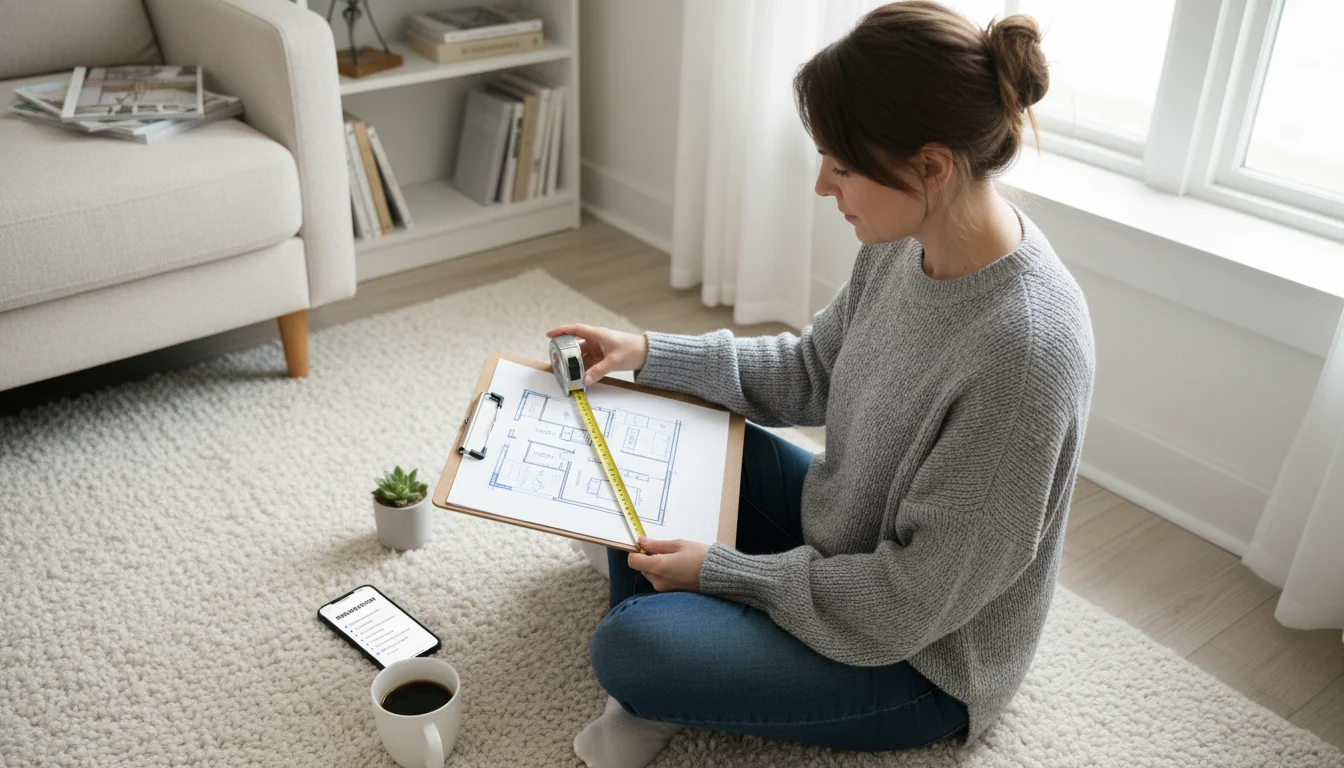
Your Pre-Shopping Checklist: Smart Preparation Saves Time
Successful secondhand furniture shopping begins before you even start browsing. A little preparation saves you time, prevents buyer’s remorse, and ensures you bring home pieces that truly fit your space and needs.
-
Define Your Needs: Clearly identify the type of furniture you require. Do you need a new sofa, a dining table, storage cabinets, or a desk? Knowing exactly what you are looking for streamlines your search. Think about its primary function and how it fits into your daily routine.
-
Measure Your Space: This step is non-negotiable. Measure the dimensions of the area where the furniture will go. Consider height, width, and depth. Also, measure doorways, hallways, and stairwells to ensure you can physically get the item into your home. Keep these measurements handy, perhaps on your phone, for quick reference while shopping.
-
Establish Your Style: Do you prefer mid-century modern, farmhouse rustic, traditional, or something eclectic? Having a general aesthetic in mind helps you filter through countless options. You do not need to be rigid, but a sense of direction guides your choices and creates a cohesive look in your home.
-
Set a Realistic Budget: Determine how much you are willing to spend on each item. Remember to factor in potential costs for transportation, cleaning supplies, or minor repairs. Secondhand items offer great value, but knowing your financial limits keeps you grounded and focused on appropriate options.
-
Create a Wishlist with Keywords: Compile a list of specific items and descriptive terms. For example, “solid wood dresser,” “velvet armchair,” “mid-century credenza.” These keywords become invaluable when searching online marketplaces like Facebook Marketplace or Craigslist.
-
Consider a “Mood Board”: If you are furnishing a whole room, gather images of furniture, colors, and textures you like. This visual aid helps you recognize pieces that complement your existing decor and achieve your desired aesthetic, preventing impulse buys that do not truly fit.

Where to Hunt for Treasures: Top Secondhand Sources
The beauty of secondhand shopping lies in the variety of places you can discover incredible pieces. Each source offers different advantages and a unique hunting experience. Knowing where to look maximizes your chances of finding exactly what you need.
Thrift Stores and Charity Shops:
- Pros: Excellent prices, constant inventory turnover, often support good causes. You discover a wide range of styles and items, from `thrift store furniture` classics to quirky finds.
- Tips: Visit frequently. Inventory changes daily. Go to stores in different neighborhoods; wealthier areas often yield higher-quality donations. Inspect items thoroughly, as staff might not detail every flaw.
Consignment Stores:
- Pros: Higher quality, curated selection, often cleaner and in better condition than thrift store items. Staff generally inspect and price items more carefully.
- Tips: Expect slightly higher prices than thrift stores, but still significantly less than retail. Ask about their return policy or if they hold items. Look for stores specializing in furniture for potentially better finds.
Online Marketplaces (Facebook Marketplace, Craigslist, Nextdoor):
- Pros: Vast selection, direct communication with sellers, often local. `Facebook Marketplace tips` include leveraging its search filters and “saved searches” feature. You find everything from free items to high-end designer pieces.
- Tips: Use specific keywords. Act quickly on good deals, as popular items sell fast. Always arrange to meet in a safe, public place, or bring a friend if visiting a private residence. Verify dimensions and condition with the seller before viewing.
Estate Sales and Auctions:
- Pros: Opportunities to purchase entire sets of furniture, often from a single home, ensuring cohesive style. You find unique antiques, `vintage furniture quality` pieces, and sometimes rare items.
- Tips: Arrive early for the best selection at estate sales. Preview items online or in person before auctions to set your bids. Understand auction rules, including buyer’s premiums and pick-up times. Bring cash for smaller purchases at estate sales.
Garage Sales and Yard Sales:
- Pros: Amazing deals, especially later in the day when sellers want to clear inventory. You negotiate prices directly.
- Tips: Check local listings (Craigslist, neighborhood apps) for sales. Go early for the best selection. Bring small bills. Always test electronics or moving parts.
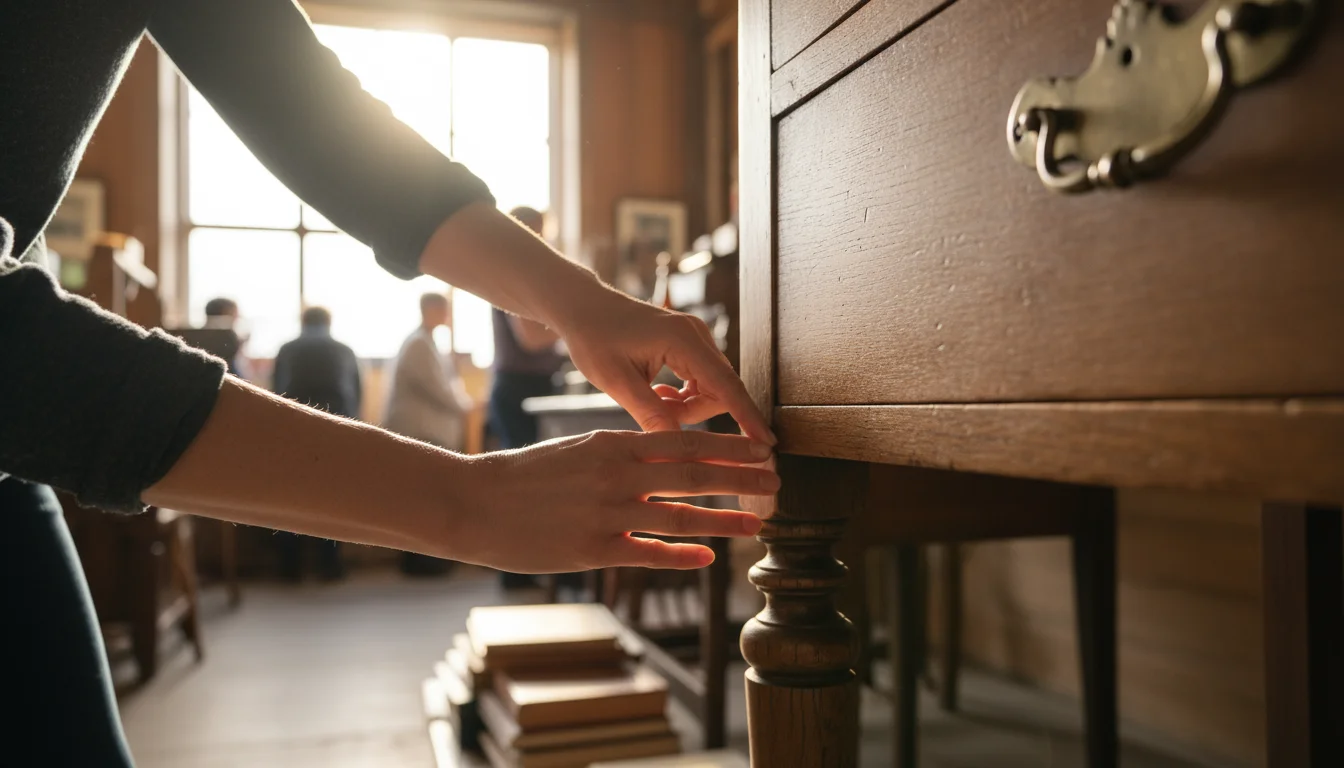
The Art of Inspection: What to Look For
When you find a piece you like, take your time with a thorough inspection. This critical step prevents unpleasant surprises and ensures you invest in quality furniture. A careful examination reveals any hidden issues.
Start with Structural Integrity:
- Wobble Test: Gently shake the item. Does it wobble or feel loose? A wobbly chair or table suggests loose joints or poor construction. Solid pieces feel stable.
- Joints: Look for dovetail, mortise and tenon, or dowel joints. These indicate better craftsmanship than simple staples, nails, or visible glue.
- Legs: Ensure legs are securely attached and not cracked or repaired poorly. Wobbly legs often signal a structural problem.
- Drawer Functionality: Pull drawers all the way out. Do they slide smoothly on their glides? Do they sag or stick? Check drawer bottoms for bowing or detachment. Wooden drawers should slide on wooden runners, ideally with stops.
- Door Operation: Open and close cabinet doors. Do they align correctly? Do hinges function smoothly without squeaking or binding?
Examine the Materials:
- Wood: Look for solid wood construction over particle board or MDF, especially for load-bearing parts. Check for deep scratches, cracks, water damage, or significant warping. Minor surface flaws are often fixable, but structural damage is a red flag.
- Upholstery: Inspect for tears, stains, odors, excessive wear, or pet hair. Lift cushions to check the frame beneath for springs, webbing, and overall condition. A solid frame with worn upholstery is a good candidate for reupholstering; a weak frame is not worth the effort.
- Metal: Check for rust, dents, or bends. Ensure all bolts and screws are present and tight.
- Glass/Mirrors: Look for cracks, chips, or deep scratches. Be aware of any silvering degradation on mirrors, which is harder to fix.
Detect Pests and Odors:
- Pests: Carefully inspect for signs of pests, particularly bed bugs or termites. Look for tiny dark spots (fecal matter), shed skins, or small holes in wood (termites). Check seams, crevices, and the underside of furniture. Do not bring home anything with suspected pest activity.
- Odors: Smell the furniture. Lingering smoke, pet odors, or mustiness can be very difficult to remove, especially from upholstered items or porous wood. A slight musty smell from storage might air out, but strong, offensive odors indicate a problem.
Check for Functionality:
- Chairs/Sofas: Sit on them. Are they comfortable and supportive? Do they sag excessively?
- Tables: Ensure the surface is level.
- Lamps: If possible, plug them in and test them.
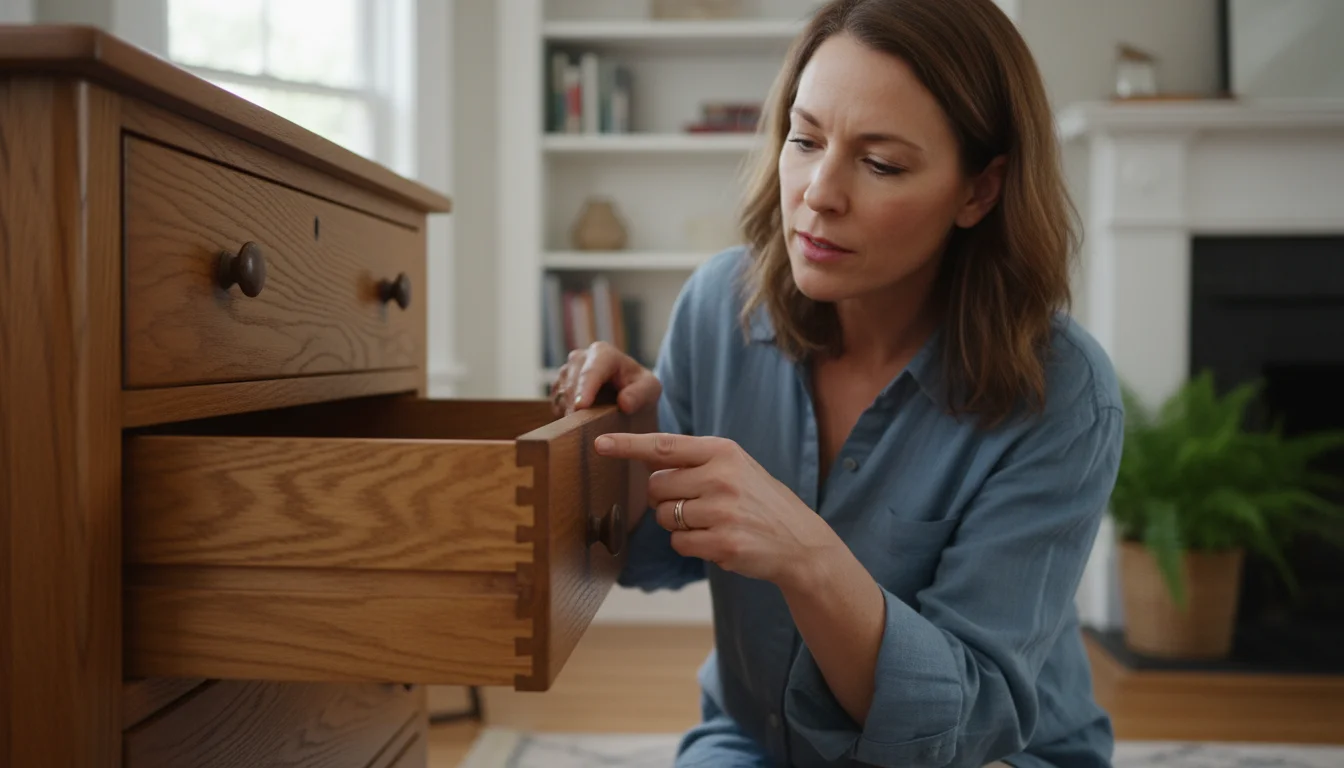
Assessing Vintage Furniture Quality: A Closer Look
Vintage pieces offer unmatched character and often superior construction. Learning to differentiate between well-made vintage items and those with inherent flaws or significant damage helps you make informed purchases. You gain an eye for identifying true `vintage furniture quality`.
Examine Construction Techniques:
- Joinery: True indicators of quality include dovetail joints on drawers (especially front corners), mortise and tenon joints in frames, and solid wood dowel construction. These methods provide strength and longevity. Avoid pieces held together primarily with visible nails, staples, or excessive glue blocks, as these suggest lower-quality assembly.
- Wood Type: Solid hardwoods like oak, maple, cherry, or walnut signify durability. Veneers over solid wood are acceptable and common, particularly in mid-century pieces, but check for lifting, bubbling, or missing veneer. Particle board or fiberboard used for structural elements, especially in older pieces, is a sign of lower quality.
- Weight: High-quality, solid wood furniture often feels substantial and heavy. Lightweight pieces, unless intentionally designed to be so (like certain aluminum or wicker items), might indicate cheaper materials.
Look at the “Hidden” Details:
- Drawer Interiors: Good vintage furniture often has finished drawer interiors, sometimes even waxed or stained. Check drawer slides for smooth operation; wooden runners are common and effective in older pieces.
- Back Panels: Solid wood or plywood back panels, securely attached, indicate better quality than thin cardboard or stapled fiberboard.
- Underneath and Inside: Flip pieces over (if safe to do so) or look inside cabinets. The construction and finish should be consistent, even in less visible areas. Dust covers or finished undersides on upholstered items are a good sign.
Consider the Era and Style:
- Certain eras are known for specific quality standards. For example, furniture from the early to mid-20th century often exhibits robust construction.
- Understand that wear and tear are natural for vintage items. Patina, slight fading, or minor scratches add to the character. Distinguish between charming wear and serious damage that impacts function or requires extensive, costly repair. A small scratch is character, a large crack is a problem.
Signs of Poor Quality or Extensive Repair:
- Too many screws or metal plates: While sometimes necessary for legitimate repair, an abundance of visible screws or metal reinforcement plates might signal chronic structural issues or shoddy fixes.
- Flimsy backing: Thin cardboard tacked onto the back of a dresser or cabinet often indicates cost-cutting.
- Sagging or uneven surfaces: Warped tabletops, bowed shelves, or noticeably sagging upholstered cushions can be difficult and expensive to correct.
- Unusual strong smells: Beyond mustiness, persistent chemical or overly strong “old wood” smells could indicate past pest treatment or wood rot.
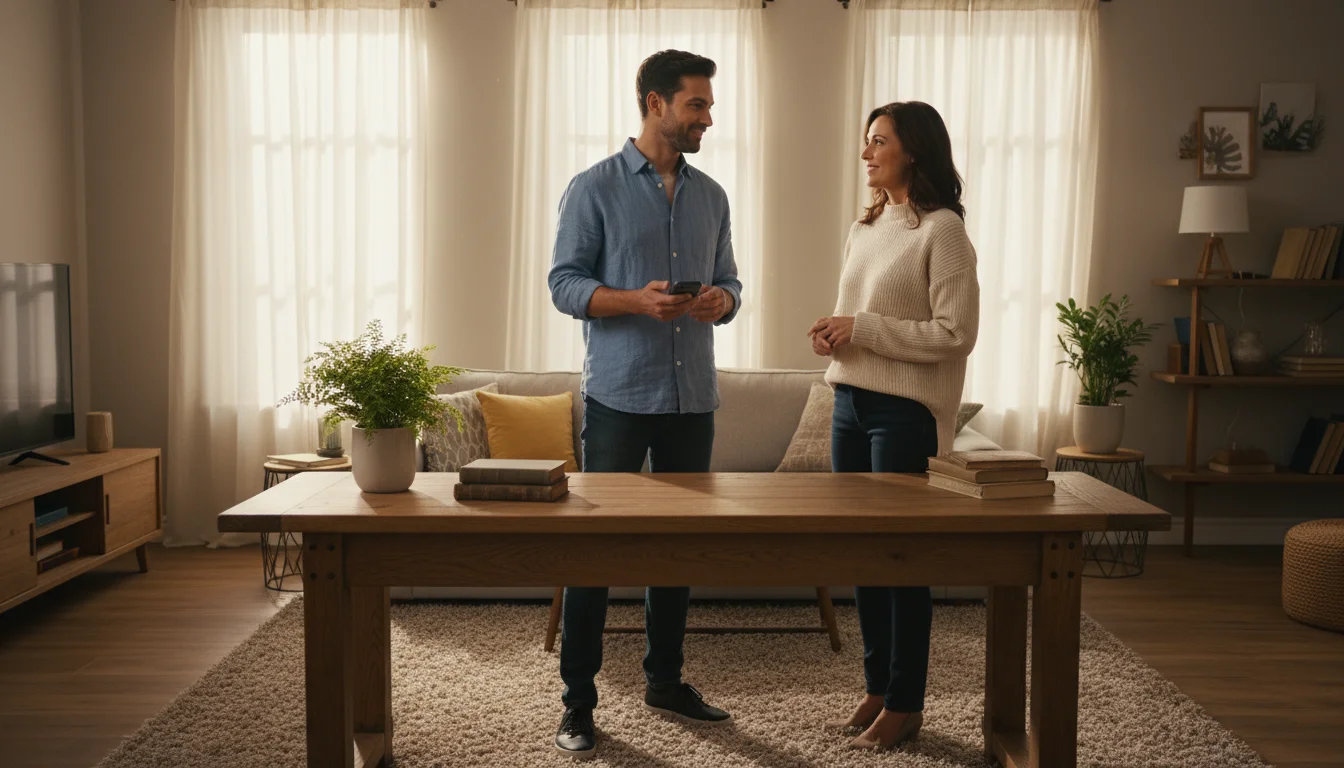
Sealing the Deal: Negotiation, Payment, and Transport
Once you identify your perfect secondhand piece, navigating the transaction process requires a strategic approach. This involves respectful negotiation, secure payment, and planning for safe transport.
Negotiation Tactics:
- Be Polite and Prepared: Always approach negotiation with a friendly demeanor. Reference any specific flaws you found during inspection as a reason for a lower offer. “I noticed this scratch, would you consider $X?” is more effective than “It’s too expensive.”
- Know Your Limit: Decide on your maximum acceptable price beforehand. This prevents emotional overspending.
- Offer a Reasonable Price: Do not make an insulting lowball offer. A general rule for `secondhand furniture shopping tips` is to offer 10-20% below the asking price, leaving room for a counteroffer.
- Be Ready to Walk Away: If the seller does not meet your price, or you sense reluctance, be prepared to politely decline. Another great piece will come along.
- Leverage Cash (if appropriate): For private sales, particularly on platforms like `Facebook Marketplace`, cash often gives you an advantage. Sellers appreciate immediate, no-hassle payment.
Secure Payment Methods:
- Cash: Ideal for smaller, in-person transactions, especially at yard sales or for `thrift store furniture`. Always bring the exact amount or slightly more in small denominations.
- Payment Apps (Venmo, PayPal, Zelle): Common for online marketplace transactions. Ensure you are sending money to the correct person. For larger sums, or if you feel uncomfortable, consider paying a deposit and the rest upon pickup.
- Credit Card (at stores): Reputable consignment or antique stores accept credit cards, offering you purchase protection.
- Avoid Personal Checks: Rarely accepted and carry risks for both parties.
Planning Transportation:
- Measure Again: Re-confirm the furniture’s dimensions and compare them to your vehicle’s capacity or the dimensions of a rental truck. You want to avoid arriving to pick up a sofa only to find it will not fit.
- Bring Help: Furniture is heavy. Always bring an extra set of hands for lifting and loading. Do not rely on the seller to assist you unless previously agreed upon.
- Secure the Load: Use moving blankets, old sheets, and ratchet straps or strong rope to protect the furniture and secure it safely in transit. Prevent shifting, which can cause damage to the item or your vehicle.
- Consider a Rental: For large items like sofas or dining sets, renting a U-Haul or similar truck for a few hours is often the most cost-effective and safest option. Factor this into your budget.
- Professional Movers: If the item is particularly heavy, fragile, or valuable, or if you lack appropriate transportation, consider hiring a local moving service. Get quotes in advance.
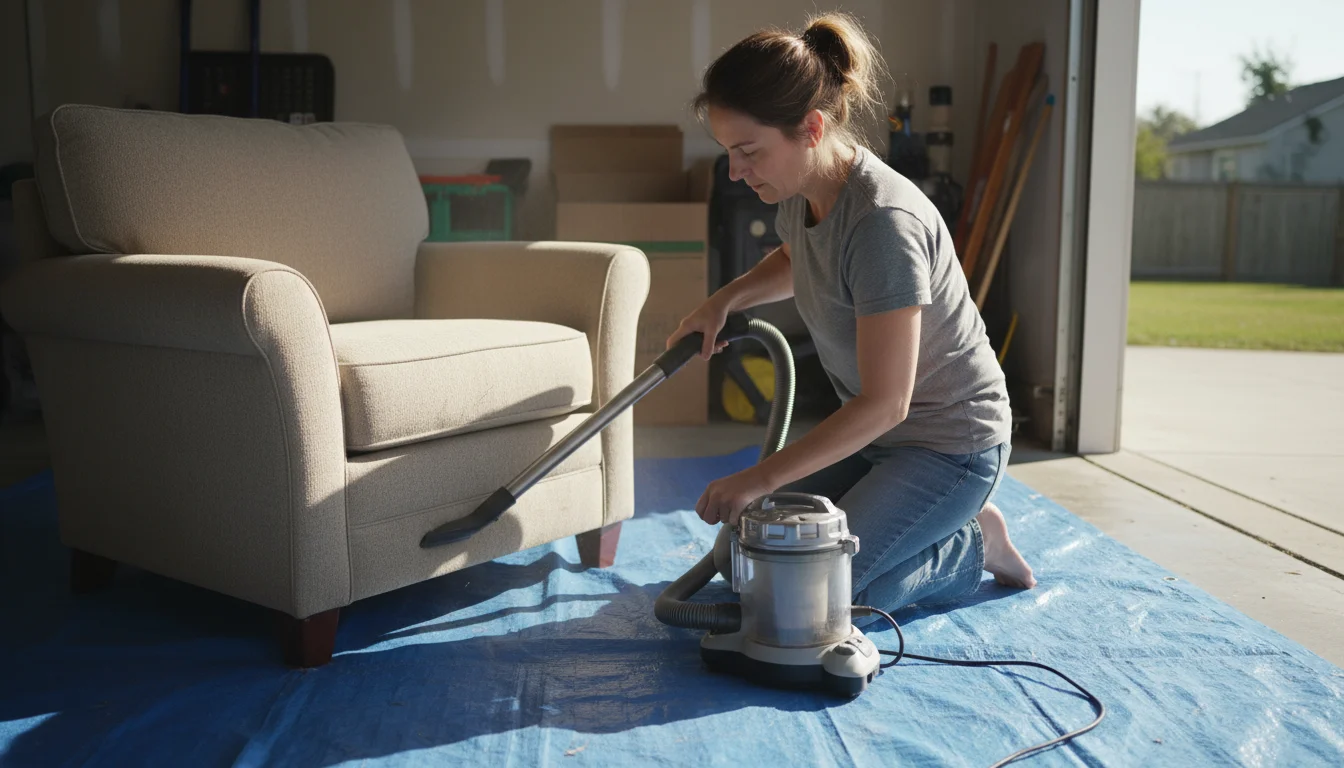
Bringing It Home: Cleaning and Care for Your New-to-You Piece
Your new-to-you furniture needs a little care before it takes its place in your home. Proper cleaning and any necessary repairs ensure it is fresh, hygienic, and ready to enjoy. This step prevents bringing unwanted odors or pests into your space.
Immediate Pest Prevention:
- Quarantine: Whenever possible, inspect and clean new secondhand furniture in a garage, patio, or isolated area before bringing it fully into your home.
- Vacuum: Thoroughly vacuum all surfaces, seams, crevices, and the underside of upholstered items. Use a crevice tool to get into tight spots. Immediately empty the vacuum cleaner bag or canister outside.
- Steam Clean (for upholstery): If you suspect any lingering issues or just want a deep clean, rent or buy a steam cleaner. High heat kills most pests and removes odors. Test a small, inconspicuous area first to ensure colorfastness.
- Wipe Down Non-Upholstered Items: Use a damp cloth with an all-purpose cleaner to wipe down all hard surfaces. Pay attention to undersides, drawer interiors, and any hidden areas where pests might hide.
Cleaning Wood Furniture:
- Dust and Wipe: Start with a thorough dusting. Then, use a mild wood cleaner or a solution of gentle dish soap and water on a damp cloth to wipe down all surfaces. Dry immediately with a clean, soft cloth.
- Remove Stains: For water rings, use a mixture of equal parts vinegar and olive oil. For sticky residues, try a small amount of mineral spirits (test first). Always follow manufacturer’s instructions for specialized wood cleaners.
- Restore Shine: Apply a good quality furniture polish or wax to nourish the wood and restore its luster.
Cleaning Upholstered Furniture:
- Vacuum: As mentioned, vacuum extensively.
- Spot Clean: Address any visible stains with an appropriate upholstery cleaner. Always test on a hidden area first. Blot, do not rub.
- Deodorize: Sprinkle baking soda liberally over the entire upholstered surface. Let it sit for several hours, or even overnight, then vacuum it up. Repeat if necessary. For persistent odors, consider professional upholstery cleaning. You can find excellent guidance on cleaning and disinfecting surfaces from the CDC website.
Metal and Other Materials:
- Metal: Clean with a mild soap and water solution, then dry thoroughly to prevent rust. For rust spots, use fine steel wool or a rust remover, followed by waxing or sealing.
- Plastic/Laminate: A simple all-purpose cleaner works well.
Minor Repairs and Upgrades:
- Tighten Screws and Bolts: Go over all hardware with a screwdriver or wrench to ensure everything is secure.
- Reglue Loose Joints: For slightly wobbly chairs, you can often disassemble and reglue the joints using wood glue and clamps. This Old House offers many tutorials on furniture repair.
- Paint or Refinish: If the finish is beyond simple polishing or does not match your style, consider sanding and repainting or refinishing the piece. This breathes new life into it and personalizes your item.
- Replace Hardware: New knobs, pulls, or hinges can dramatically update a piece and improve functionality.

Common Pitfalls to Avoid
Even the savviest shopper can encounter challenges when buying secondhand. Knowing these common mistakes helps you avoid them, ensuring a smoother and more successful shopping experience.
Ignoring Measurements:
You find the perfect vintage credenza, but it does not fit through your apartment door, or it overwhelms your living room. Always measure your space and the entry points before committing to a purchase. It saves immense frustration and potential return hassles.
Impulse Buys:
The thrill of the hunt sometimes leads to purchasing items because they are a “good deal” or seem unique, without considering if you truly need them or if they fit your style. Refer to your pre-shopping checklist and ask yourself: “Does this fulfill a genuine need, and does it align with my home’s aesthetic?”
Overlooking Damage:
During the excitement of finding a piece, you might overlook critical structural damage, deep scratches, or significant pest signs. Rushing your inspection often leads to regret. Take your time, examine every angle, and do not feel pressured by the seller. Structural damage or severe pest infestations often mean the item is not worth the cost, even if free.
Underestimating Refurbishment Costs:
A piece with “good bones” and a low price tag looks tempting, but consider the real cost of repair. Reupholstering a sofa, professional refinishing, or extensive structural repair adds up quickly. Sometimes, a seemingly cheap item becomes more expensive than buying new. Assess whether you have the time, skills, and budget for any necessary work.
Not Verifying Seller Authenticity/Reputation:
Especially on online marketplaces like `Facebook Marketplace`, exercise caution. Check seller reviews, if available. Avoid sending money before seeing the item in person unless buying from a reputable online store. If a deal seems too good to be true, it often is. Prioritize your safety when meeting sellers.
Bringing Pests into Your Home:
This is a serious concern. Skipping the initial thorough inspection and cleaning steps risks introducing bed bugs, termites, or other unwanted guests into your home. The cost and stress of eradicating a pest infestation far outweigh the savings on a piece of furniture. Always inspect, vacuum, and clean thoroughly before it enters your main living space.
Lack of Transportation Planning:
You bought a beautiful dining table, but now you have no way to get it home. This common oversight leads to frantic last-minute arrangements, often at a higher cost. Always have a transport plan in place, whether it is your own vehicle, a friend with a truck, a rental, or a hired moving service.

Frequently Asked Questions
Is it safe to buy upholstered furniture secondhand?
Yes, but you must exercise extreme caution. Thoroughly inspect for signs of pests (like bed bugs or their droppings) and strong odors. Vacuum meticulously, and consider steam cleaning or professional cleaning. If you see any red flags, avoid buying upholstered items. Many choose to avoid secondhand upholstered pieces altogether to minimize risk.
How do I know if the wood furniture is solid wood or veneer?
Examine the edges and grain. If you see a consistent grain pattern on the top surface and the side edge, it is likely solid wood. If the grain on the edge looks different or you see layers, it is probably veneer. Also, check inside drawers and the back of the piece; if visible wood matches the outside, it is a good sign of solid construction. Tap the surface; solid wood produces a duller, richer sound.
What is a reasonable price to offer for secondhand furniture?
A good starting point for negotiation is 10-20% below the asking price, especially in private sales. For `thrift store furniture`, prices are often fixed but look for special discount days. The “right” price depends on the item’s condition, rarity, and your perceived value. Always be prepared to walk away if you cannot agree on a fair price.
Can I really find high-quality pieces at low prices?
Absolutely. Many people simply want to declutter or liquidate items quickly, and they price things to move. Estate sales and garage sales, in particular, often yield high-quality furniture at incredibly low prices because the goal is to clear the house. It requires patience and persistence, but finding truly valuable `vintage furniture quality` items at a steal is a common experience for savvy shoppers.
What is the most crucial thing to remember when buying secondhand furniture?
The most crucial thing is thorough inspection. Do not rush. Check for structural integrity, signs of pests, and lingering odors. A careful inspection prevents bringing home problems and ensures you make a wise, long-lasting investment for your `eco-friendly home`.
Embracing secondhand furniture allows you to furnish your home beautifully, sustainably, and affordably. With these `secondhand furniture shopping tips`, you are now equipped to confidently explore `thrift store furniture`, navigate `Facebook Marketplace`, and identify `vintage furniture quality`. Happy hunting!
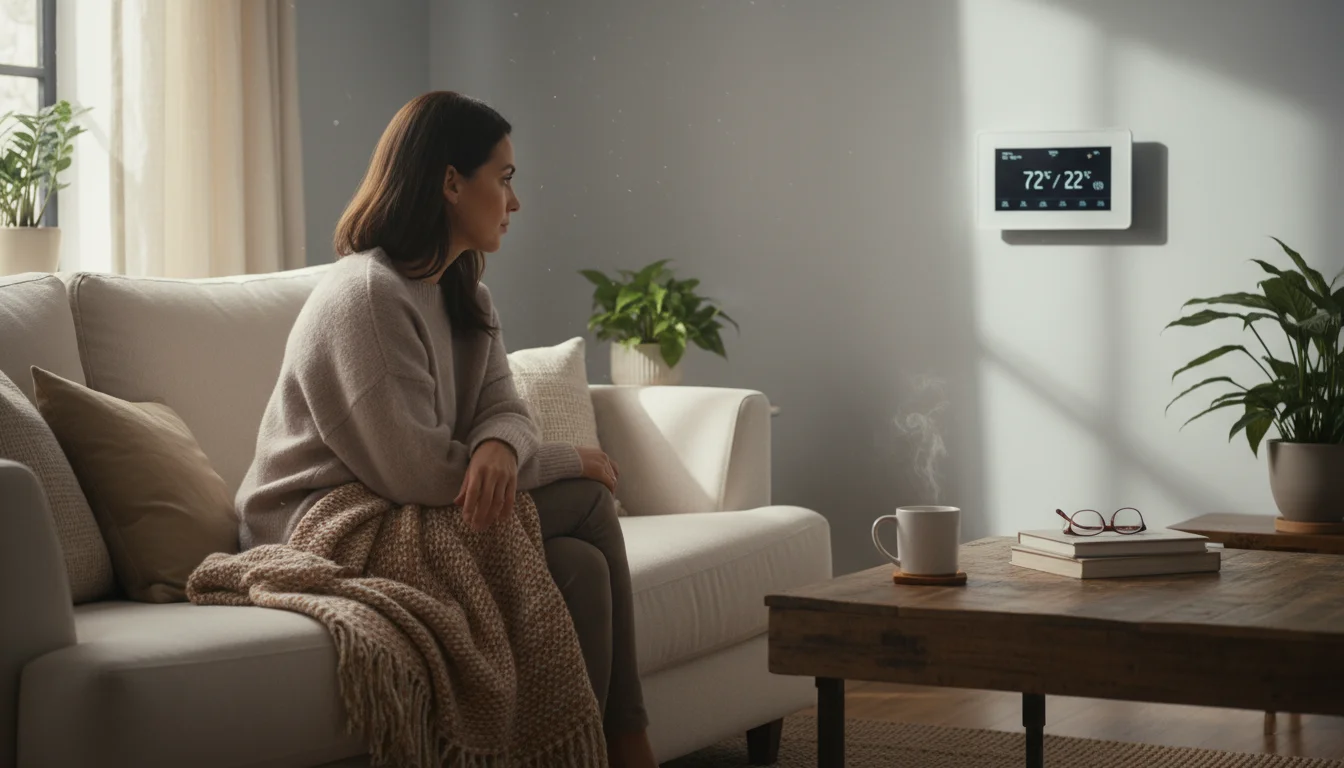
Leave a Reply